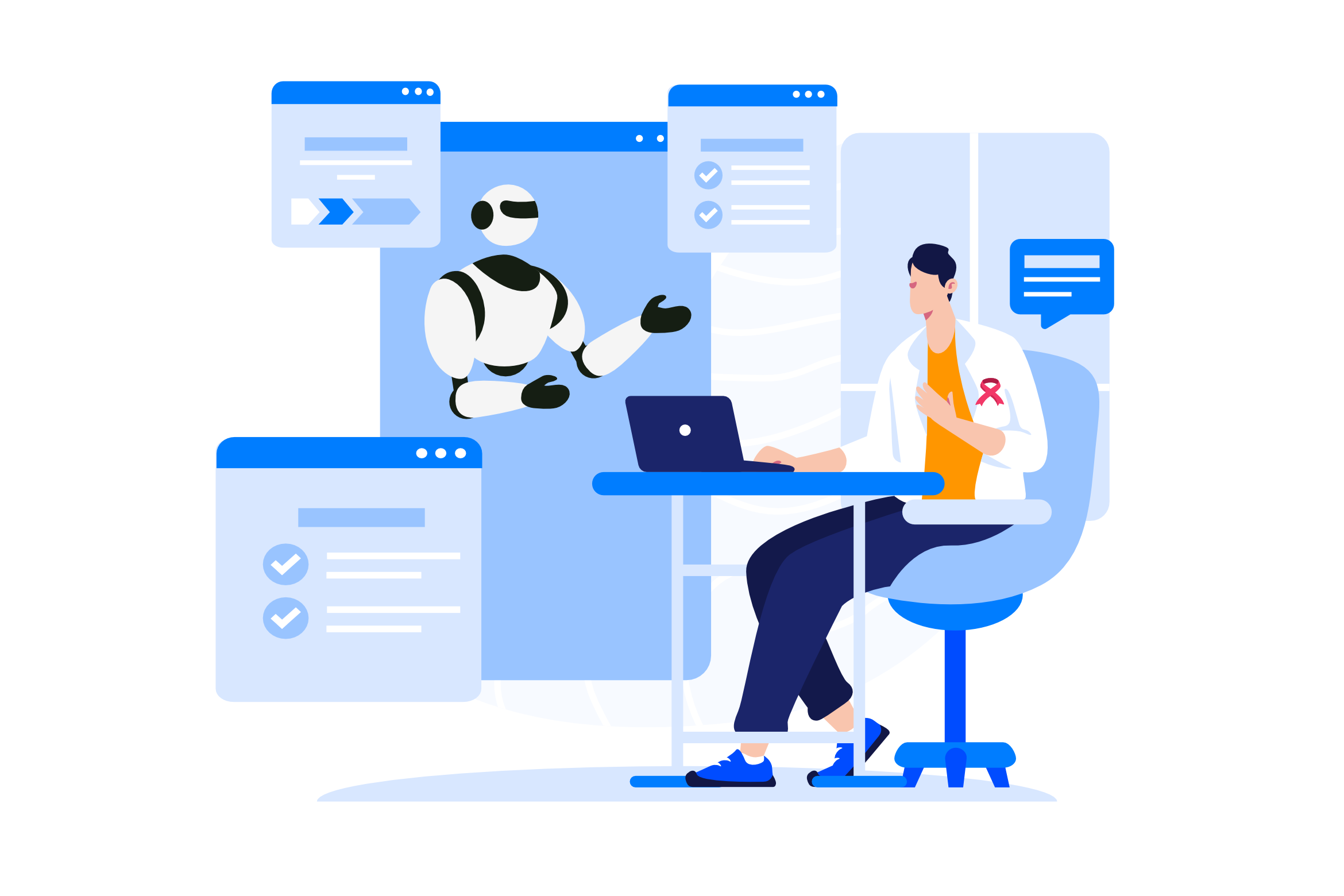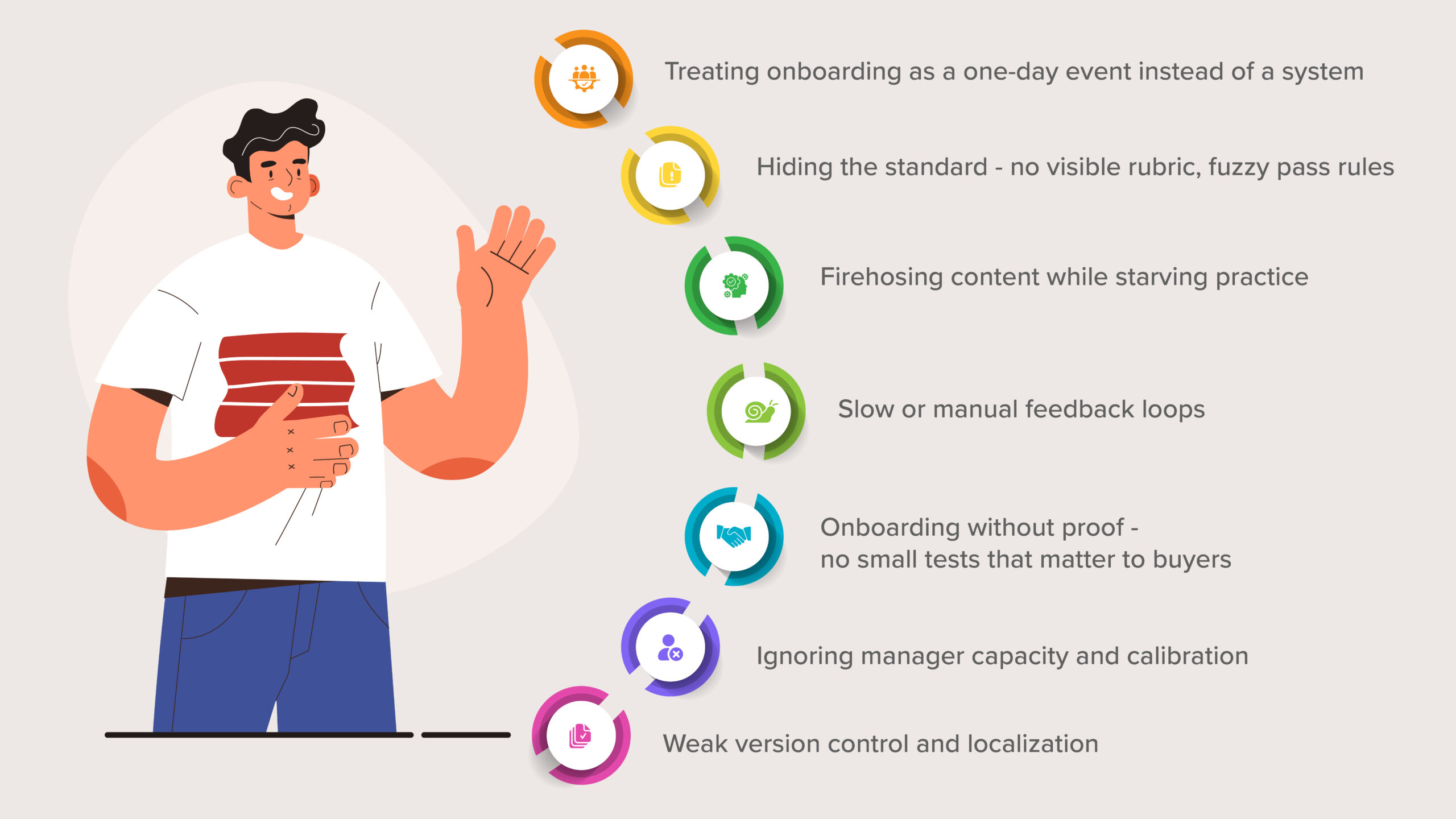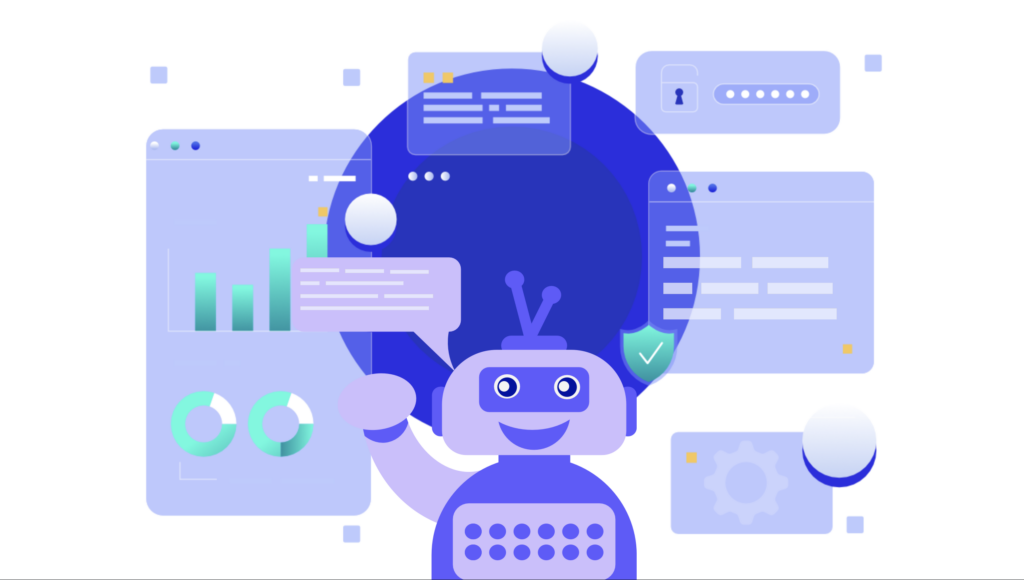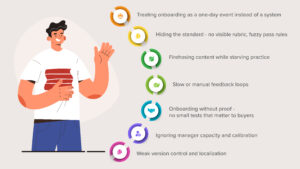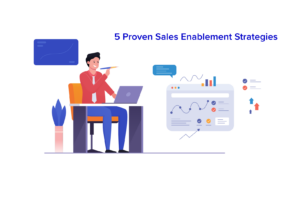New hires do not fail because they cannot memorize slides. They struggle because the first real conversation arrives before they are truly ready. The gap between reading a deck and handling a live objection is where deals stall, disclosures get missed, and confidence slips.
That is why AI for sales onboarding has taken center stage in 2025. AI roleplays let reps practice the exact conversations they will face, receive instant feedback, and reach certification faster. Managers see objective scores and spend their time coaching what matters instead of grading by hand. The result is a faster ramp, stronger confidence on calls, and knowledge that sticks.
This guide explains how AI roleplays change the first 90 days and what continuous learning looks like after day 91. You will see real-life use cases from pharma and BFSI, a simple rollout plan, and the metrics that prove results.
Table of Contents
What AI roleplay actually does for onboarding
An AI roleplay is a live, two-way practice session with an avatar that behaves like a customer or healthcare professional. The avatar listens to what the rep says, asks follow-up questions, and raises objections that match your market. After the session, the platform scores performance against your rubric and shows exactly where the rep needs work.
Here is why this matters during onboarding:
→Frequent practice beats long workshops. Ten minutes of realistic practice, three times a week, creates stronger habits than a single long session each month.
→ Consistent grading builds trust. A scored rubric with clear pass marks removes uncertainty. Reps know what “good” means. Managers coach to the same standard in every region.
→ Instant feedback accelerates learning. Reps see what they missed right away. They can retry while the conversation is fresh.
→ Managers get leverage. Instead of watching full recordings, managers scan analytics, listen to a clip or two, and focus their time on the highest-impact skill gaps.
Teams that adopt this rhythm often see onboarding time shrink by up to 50 percent, especially when roleplays sit alongside short lessons and spaced quizzes. The faster a rep reaches certification, the faster they reach their first confident, compliant customer conversation.
Real-life use case: Pharma launch with strict compliance
A global pharma unit prepared a launch across multiple regions. The enablement team created a targeted roleplay set designed for new hires and internal transfers:
→ Discovery with an HCP to surface patient profile and prior therapies.
→ Evidence conversation where the avatar asked for study endpoints, inclusion criteria, and safety notes.
→ Compliance checkpoint for risk language and fair balance.
→ Screen-share demo where the avatar reacted to the exact slide content the rep presented.
The rubric assigned weights for discovery depth, clinical precision, value communication, and mandatory statements. AI scoring flagged misses and surfaced a short list of “fix-first” skills for each rep.
What changed:
→New hires reached the first certification gate weeks sooner than the prior cohort.
→ Managers reduced review time because they no longer scored by hand.
→ Compliance teams had full audit trails with version history for every rubric and scenario.
→ Reps reported higher confidence before their first HCP calls because they had already heard the hard questions.
Real-life use case: BFSI onboarding for KYC and advisory conversations
A regional bank needed better readiness in new branches. The team built roleplays around account opening and advisory basics:
→ KYC interview where the avatar requested clarifications on identity and purpose of account.
→ Risk and suitability were assessed as the avatar probed on needs, tolerance levels, and product fit.
→ Objection handling for fees, rate comparisons, and service concerns.
Passing thresholds was mandatory for KYC and disclosure items. Reps could not pass a session without satisfying those gates.
What changed:
→ New bankers managed live KYC interviews with fewer escalations.
→ Team leaders stopped guessing about readiness and coached to specific gaps.
→ Branches saw fewer compliance misses in the first ninety days.
The continuous learning layer after onboarding
Onboarding should not be the end of practice. It should be the start of a repeating cycle that keeps people sharp. A simple continuous learning loop includes:
1. Microlearning for timely updates. Release short pieces when policies change or competitors move.
2. Spaced quizzes to reinforce knowledge. Two quick rounds per week are enough for retention.
3. Roleplay refreshers for new objections or playbook changes.
4. Recertification with clear thresholds each quarter or after major updates.
5. Light field coaching, where managers capture notes in a standard form and assign the next best roleplay.
You do not need to overwhelm reps. Keep items short and steady. The goal is confidence on the next call, not a perfect score in a classroom.
How AI roleplays drive faster ramp time, confidence, and retention
Faster ramp time
AI roleplays shorten the feedback loop. Reps practice the conversations that matter, see exactly what they missed, and fix it right away. There is no waiting for next week’s review. There is no guesswork on what a pass looks like. When the rubric is visible and fair, people move faster.
Call confidence
Confidence comes from reps hearing hard objections ahead of time and learning to respond without panic. That is true in pharma when a physician questions evidence. It is true in banking when a customer challenges fees. After five or six focused sessions, a new rep sounds like someone who has seen this movie before.
Knowledge retention
Short, frequent practice paired with quizzes helps knowledge stick. People remember the answers they had to use, not the slides they scanned once. When scenarios and quizzes share the same key messages, the learning system reinforces itself.
Present these numbers in your QBR. Keep the narrative simple. Practice is frequent, grading is consistent, and calls are better as a result.
Where SmartWinnr fits
If you want one system that supports practice and reinforcement without juggling tools, SmartWinnr brings the key pieces together:
→ Two-way AI roleplays where avatars ask relevant follow-ups, raise objections, and adapt as the session progresses.
→ Detailed analytics with skill scores, keyword coverage, transcripts, and exemplar clips next to the dashboard.
→ Microlearning, quizzes, and paths to reinforce messages while people practice.
→ Gamification for light competition and habit building.
→ Language support for global teams, including many languages and tolerance for English accents.
Use these capabilities to run the 30–60–90 plan above. Start with three to five core scenarios, then grow as your teams build momentum.
Common pitfalls to avoid
→ Too many scenarios at once. Start small. Focus on the conversations that move deals or protect compliance.
→ Hidden scoring rules. If the rubric lives in a private document, reps will guess. Publish the criteria and the thresholds.
→ Long practice sessions. Keep it short and frequent. Ten minutes is enough.
→ No link to the field. Assign a simple behavior goal that carries into next week’s live calls.
→ One-and-done onboarding. Plan recertification and keep roleplays fresh with real objections from the field.
How does AI roleplay for sales shorten onboarding time?
What should a good onboarding rubric include?
How many AI roleplay sessions should new reps complete each week?
How do pharma and BFSI teams keep roleplays compliant?
How do we measure impact in the first quarter?
Closing thought
Onboarding is about confidence on the first real call. Continuous learning is about staying ready for the next one. AI roleplays make both possible. Short sessions, clear standards, and instant feedback help new reps reach the field faster and help experienced reps keep their edge. Pair practice with microlearning and simple metrics. That is AI for sales onboarding that your teams will actually use.
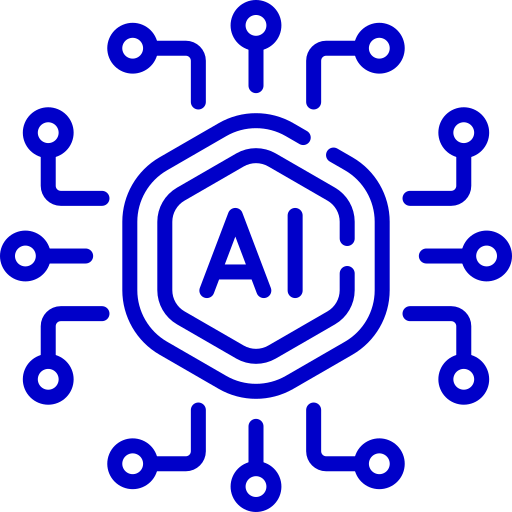 Two way AI Role Plays
Two way AI Role Plays Targeted Learning
Targeted Learning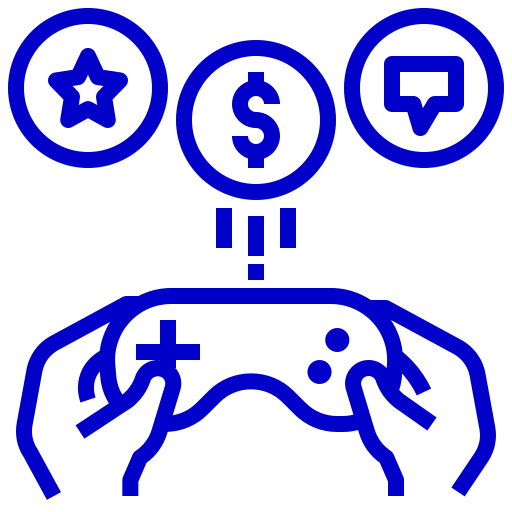 Gamification
Gamification Sales Coaching
Sales Coaching Sales Contest
Sales Contest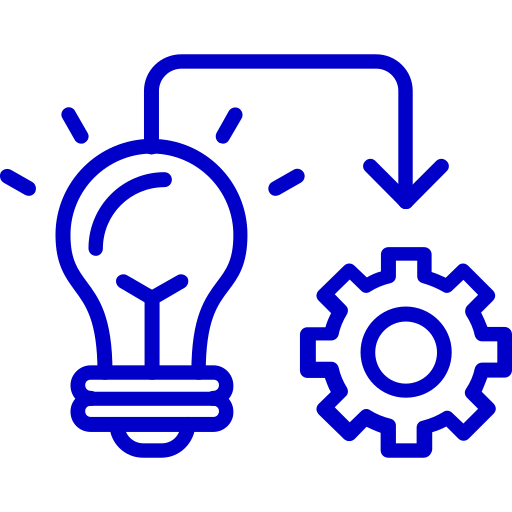 Implementation
Implementation Consulting
Consulting Enterprise Ready
Enterprise Ready Pharmaceuticals
Pharmaceuticals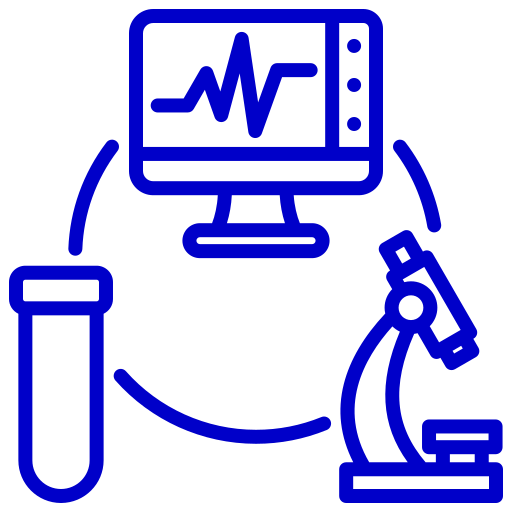 Medical Devices
Medical Devices Insurance
Insurance Banking
Banking Technology
Technology Senior Living
Senior Living Sales
Sales Call Centers
Call Centers Marketing
Marketing Improve Sales Productivity
Improve Sales Productivity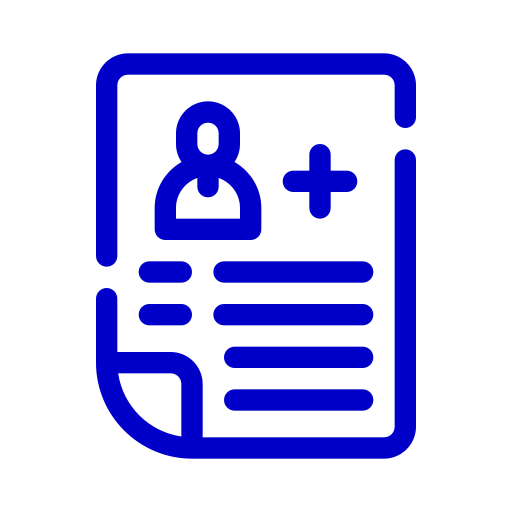 New Hire Onboarding
New Hire Onboarding New Product Launch
New Product Launch Channel Partner Training
Channel Partner Training Sales Events
Sales Events Success Stories
Success Stories Whitepapers and eBooks
Whitepapers and eBooks Contest Template Designer Tool
Contest Template Designer Tool Sales Training
Sales Training Gamification
Gamification All Blogs
All Blogs